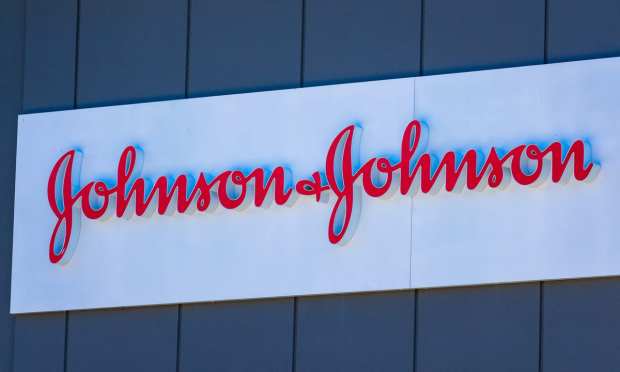Johnson & Johnson Q2 Growth Driven By Consumer Products, Medical Devices

Johnson & Johnson posted strong second-quarter results on Tuesday (July 21), beating Wall Street estimates as sales of beauty and skincare products begin to recover from COVID-19 and patients resume previously deferred medical procedures.
The New Jersey-based company reported over $23 billion in sales for the three months ending June 30, a 27 percent year-over-year increase. Consumer health products made up $3.7 billion of that total, a 9 percent increase over the second quarter of 2020.
Of note was 13 percent year-over-year growth in skin health and beauty products and nearly a 14 percent increase in wound care products, which Johnson & Johnson attributed to consumer focus on preparedness and infection prevention post-pandemic as well as seasonal consumer restocking, which was interrupted by COVID-19 last year.
Thibaut Mongon, executive vice president and worldwide chairman of consumer health, said the company’s strategy of focusing more on personal health and connecting with consumers digitally also strengthened sales.
“Advancing our digital capabilities continues to strengthen our ability to meet the needs of our consumers and customers worldwide,” Mongon said.
Sales of medical devices spiked nearly 59 percent, primarily due to the market recovering and patients undergoing medical procedures that had been deferred because of COVID-19. Medical device sales grew by 7 percent versus 2019.
Though these results appear to signal a light at the end of the pandemic tunnel, Johnson & Johnson executives told analysts not to expect linear growth as the situation remains fluid in terms of vaccination rates, healthcare capacity and the rate at which patients seek treatment.
COVID-19 Vaccine
Johnson & Johnson said it now has 10 manufacturing sites for various production stages of its COVID-19 vaccine, and the vaccine contributed $164 million in revenue in the second quarter, bringing the year-to-date total to $264 million.
Revenue for the first half of the year was recorded at $5 per dose, but Chief Financial Officer Joseph Wolk said the final not-for-profit price could be as much as $8 per dose depending on net costs of production and volumes produced.
The company said it expects approximately $2.5 billion of COVID-19 vaccine sales for the full year, with more than half likely coming in the fourth quarter.
“We are proud to have been part of the unprecedented collaboration in the healthcare industry that has led to a number of authorized vaccines in the marketplace,” Wolk said.
The CFO noted that many analysts are likely anxious to get insights into vaccine revenue for 2022 at this point of the year, but said it’s too early for any projections because of the evolution of virus variants and the possible need for booster shots.
Looking Ahead
Johnson & Johnson raised its full-year guidance, projecting over $90 billion in sales in 2021, excluding the COVID-19 vaccine. That’s about $1 billion more than the company had projected in April and 9 to 10 percent growth versus 2020.
Mongon said in consumer products, he expects inflation and increased distribution costs to put pressure on the company in the second half of the year. But J&J executives, despite a global spike in COVID-19 cases in recent weeks, don’t expect a major hit to its businesses. Most core categories were largely back to pre-COVID levels, and Wolk said Johnson & Johnson is better positioned to handle a pandemic than it was in March 2020.
Earlier this month, Johnson & Johnson’s Sarfraz Nawaz told Karen Webster that increased investments in technology and people helped the company successfully transition to be a more digital supply chain operator, which helped keep medical supplies and consumer products flowing during, and after, the pandemic.
